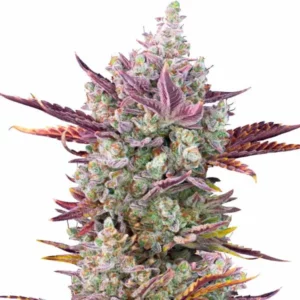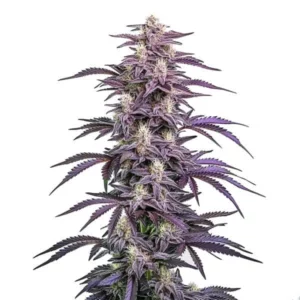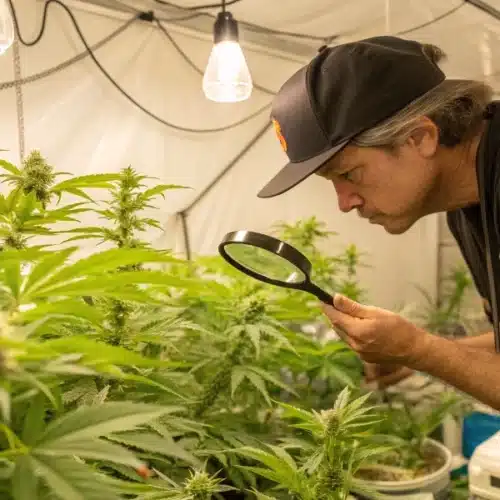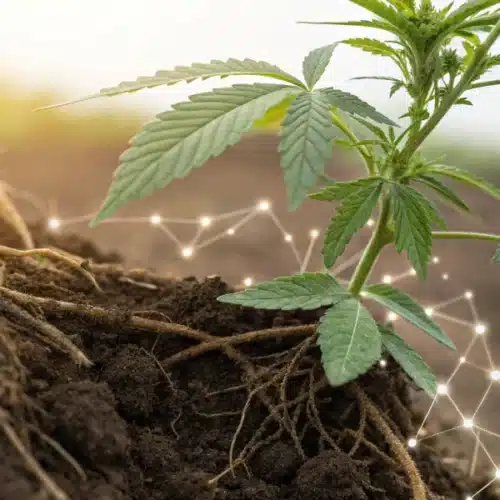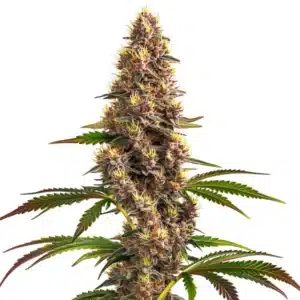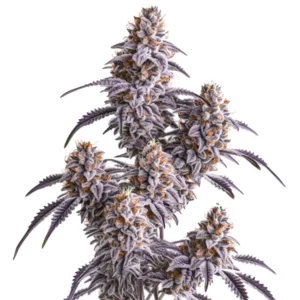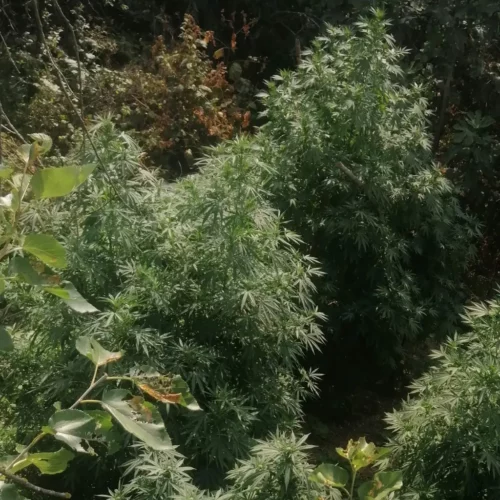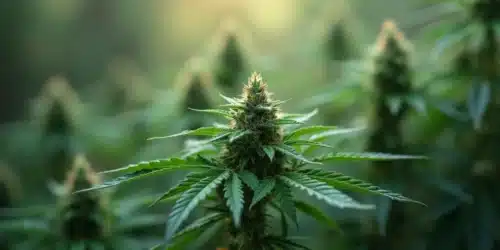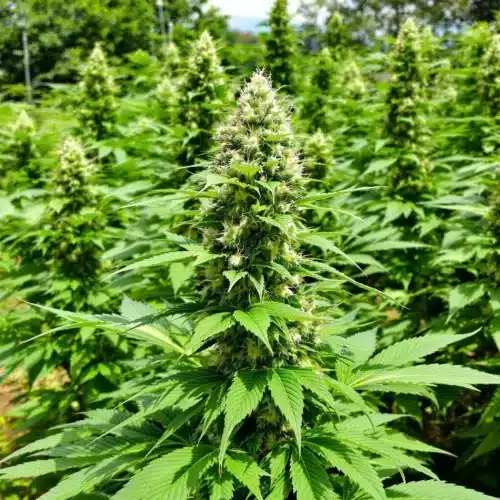What is Topping and Why Do It?
Topping Outdoor Cannabis
When it comes to topping outdoor cannabis, experienced growers know that modifying a plant’s structure can lead to more even light distribution and a fuller canopy. This technique involves removing the upper growth of the main stem at a strategic node to encourage the development of lateral branches. By implementing topping outdoor weed at the right time, gardeners can transform a single, tall shoot into a bushier plant with numerous bud sites.
Using this method not only allows for improved air circulation but also helps prevent overcrowding in outdoor gardens. As the plant responds to the pruning, it channels its energy into side growth rather than vertical expansion. Such a method is ideal for cultivators aiming for maximum yield without compromising plant health. With practice, even beginners find that a well-planned topping procedure can turn a modest outdoor grow into a powerhouse of production.
Benefits and Risks of Pruning
One of the greatest benefits of topping outdoor cannabis is the promotion of an even, wide-spreading canopy that captures more sunlight. Gardeners report that after performing a careful top, plants often produce more colas and an increased number of flowering sites. This not only boosts the overall yield but also enhances the quality of the final product. The technique provides a means to control height, making maintenance simpler and more efficient.
Despite its many benefits, this method does come with risks if not performed properly. A miscalculated cut or poor timing can stress the plant, leaving it vulnerable to infections or uneven growth. However, with a clear strategy and steady hands, most growers find that the rewards of a successful top outweigh the potential downsides. As each plant reacts uniquely, constant observation and a willingness to adjust techniques can help mitigate any setbacks.
Promos & Deals
When to Top Your Plants
Timing and Environmental Considerations
Choosing the right moment for topping outdoor cannabis is as important as mastering the technique itself. The optimal window typically opens once the plant has developed several nodes and shows signs of robust health. Waiting for this stage ensures that the plant is mature enough to handle the stress and can rapidly bounce back. Many veteran cultivators advise that a careful assessment of the plant’s overall structure should be done before initiating topping outdoor cannabis.
Weather conditions also play a vital role in deciding when to perform the top. Cooler temperatures, moderate humidity, and ample sunshine provide an ideal environment for recovery after topping. Gardeners who schedule their pruning sessions during stable weather conditions tend to see better results and a more vigorous regrowth. This careful synchronization with nature helps maintain plant vitality and optimizes yield potential.
Seasonal Tips for Outdoor Growth
Seasonal changes greatly impact the success of topping outdoor cannabis. In periods of long, sunny days and mild temperatures, the plant is more likely to recover quickly and develop a strong lateral structure. For many outdoor growers, the spring to early summer period is considered the prime time for topping outdoor cannabis. This season not only provides consistent weather but also aligns with the natural growth cycles of the plant.
During these favorable months, the increased daylight and moderate temperatures allow the plant to focus its energy on regrowth after topping. Gardeners can take advantage of these conditions by scheduling their pruning during the early vegetative stage. Such timing ensures that when the plant begins flowering, its canopy is both robust and evenly distributed, paving the way for a bountiful harvest.
How to Topping Outdoor Cannabis Step-by-Step
Preparation and Tools Needed
Before diving into how to prune outdoor cannabis plants, it is essential to gather all the necessary tools and prepare a clean workspace. A pair of sharp, disinfected garden shears or scissors, quality gloves, and a mild disinfectant form the core of your pruning kit. Ensuring these tools are sterilized helps prevent infections and sets the stage for a successful topping outdoor cannabis procedure.
Equally important is having a clear plan in place. Gardeners should study their plant’s growth pattern and decide on the ideal node for the cut. Having a steady hand and a confident approach makes the process smoother. When you understand how to prune outdoor cannabis plants effectively, you can perform topping outdoor cannabis with minimal stress for both you and your plant.
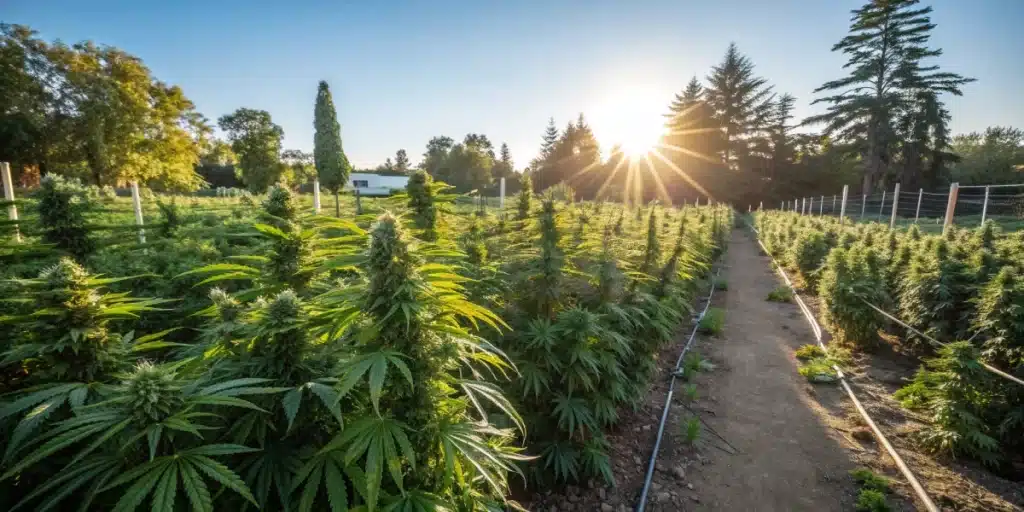
Step-by-Step Guide on How to Prune Outdoor Cannabis Plants
Start by identifying the topmost growth point of your plant. Using your sterilized tools, make a clean cut just above a node where two new shoots are visible. This marks the beginning of a new growth cycle and signals the plant to redirect its energy. A precise cut is critical when topping outdoor weed because it sets the foundation for an even and bushy structure.
After the initial cut, closely monitor the plant’s reaction. With time, two distinct branches should emerge from the trimmed node. This is a clear indicator that topping outdoor cannabis is working as intended. Adjustments can be made if the regrowth seems uneven or sluggish.
Caring for the Plant After Topping
Post-Topping Recovery Strategies
Following a topping outdoor cannabis session, it is essential to focus on recovery. The plant requires a balanced environment with appropriate moisture and sunlight exposure to regain its strength. Immediate care after topping outdoor cannabis can significantly reduce stress and pave the way for vigorous lateral growth.
Routine inspections are vital in the days following the cut. Look for signs of stress or infection and address them promptly with organic treatments if necessary. A consistent regimen of light watering and careful nutrient management helps the plant bounce back. Many experienced growers find that a well-managed recovery period amplifies the benefits of this method, leading to an overall healthier plant.
Nutrient and Watering Tips
Optimizing recovery after topping outdoor weed depends on maintaining a proper balance of water and nutrients. A gentle watering schedule, combined with organic fertilizers, supports rapid healing. It is important to adjust your feeding routine to suit the plant’s new growth pattern, ensuring that every part of the canopy benefits from the extra care.
Regular monitoring of soil moisture and nutrient levels can prevent overwatering and underfeeding. By focusing on how to prune outdoor cannabis plants alongside effective post-top care, cultivators are rewarded with robust lateral growth and a more abundant harvest.
Other Pruning Techniques (Fimming, Lollipopping)
Fimming: An Alternative Approach
In some cases, growers may choose to incorporate fimming as a variation of topping outdoor cannabis. Fimming involves removing only a portion of the new growth rather than a full cut, resulting in a plant that produces several new shoots from a single node. This method creates a bushier canopy and can be particularly effective in certain outdoor environments.
Many cultivators use fimming in tandem with topping outdoor cannabis to achieve a more complex branching structure. Alternating between these methods allows for flexibility in managing plant growth. The choice between fimming and topping often depends on the specific strain and growing conditions.
Lollipopping for Optimal Growth
Lollipopping is another pruning technique that pairs well with topping outdoor weed. This method involves removing the lower, less productive growth to concentrate the plant’s energy on the top and middle sections where sunlight is abundant. By eliminating the lower branches, the plant can devote more resources to producing larger and more potent buds.
When combined with topping outdoor cannabis, lollipopping results in a more manageable plant with an improved yield. Gardeners who adopt lollipopping notice that the overall structure becomes more uniform, allowing for easier maintenance and harvesting.
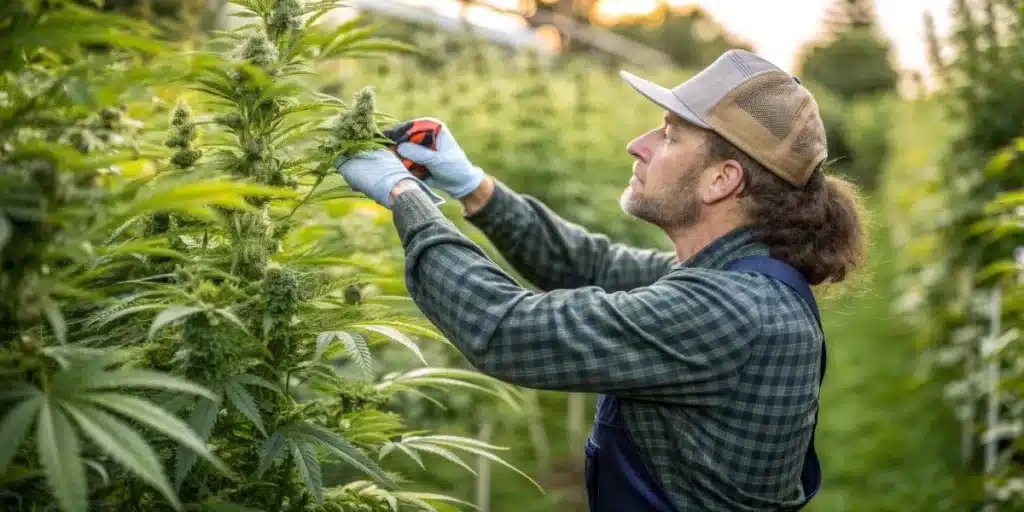
Advanced Tips for Topping Outdoor Cannabis
Combining Pruning Techniques for Better Yields
Advanced cultivators understand that integrating multiple strategies can significantly enhance the benefits of topping outdoor cannabis. By combining a clean top with selective pruning methods and adjustments based on real-time observations, growers can optimize plant architecture for maximum yield. This sophisticated approach incorporates techniques on how to prune outdoor cannabis plants while still maintaining a balanced canopy.
Experts recommend experimenting with various cutting heights and intervals between prunings. Through careful observation, one can determine the optimal moment to reapply topping outdoor cannabis practices, ensuring that the plant continuously redirects its energy into lateral growth.
Troubleshooting Common Issues
Even the most skilled growers can encounter challenges after topping outdoor weed. Issues such as uneven branch growth or minor infections might occur, but these can be remedied with quick, thoughtful interventions. By monitoring the plant’s response and adjusting care routines, problems can be addressed before they escalate.
If the plant shows signs of stress after this method, consider reducing the frequency of cuts or modifying the timing based on weather conditions. This attentive approach ensures that setbacks are temporary and that your garden remains on track for a productive season.
Strain-Specific Considerations for Outdoor Cannabis
Tailoring Techniques to Unique Genetics
Genetics play an important role in how a plant responds to pruning, and not every strain reacts the same way to topping outdoor cannabis. Some plants are naturally more resilient, while others may require gentler handling. By paying attention to the specific needs of each strain, gardeners can optimize their pruning strategy and achieve superior results.
For example, many cultivators report that plants like Blue Dream Seeds respond well to gentle topping techniques, while others find that strains such as Godfather OG Seeds and Super Boof Auto exhibit enhanced branching and higher yields. Experimenting with how to prune outdoor cannabis plants according to strain-specific needs can lead to a garden that truly thrives under the sun.
FAQs About Topping Outdoor Cannabis
What is the ideal time to top outdoor cannabis plants?
Timing is everything when it comes to topping outdoor cannabis. It is best to perform the procedure when the plant has developed sufficient nodes to handle the stress and when the weather supports rapid recovery.
Can topping outdoor cannabis damage my plant permanently?
When executed with care, this pruning method should not inflict lasting damage. Plants have a natural resilience that, when combined with attentive aftercare, helps them bounce back quickly.
How often should I prune outdoor cannabis plants?
While this pruning method can stimulate more robust growth, over-pruning might disrupt the natural development of the plant. A balanced schedule, tailored to the plant’s specific needs and seasonality, is recommended for maintaining a healthy outdoor garden.

